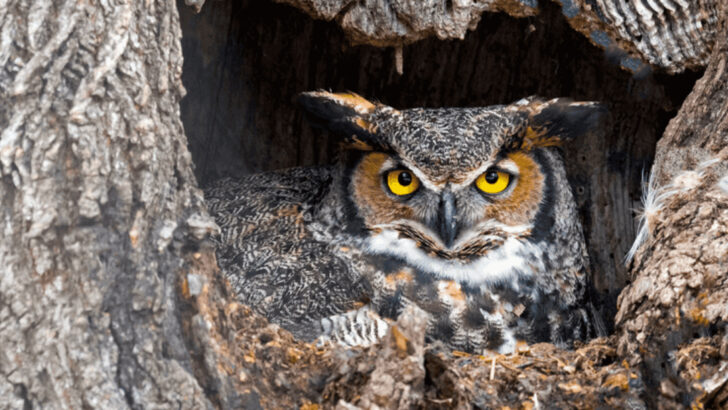Some creatures bring blessings. Others bring goosebumps.
In the Deep South, animals aren’t just animals—they’re omens, legends, whispers in the moss-draped dark. Folks don’t just spot them. They feel them.
A white possum crossing your path? Good fortune. A black dog with glowing eyes? Run. Just run.
These animals have stories tangled in folklore, stitched into front porch warnings and passed down at backyard bonfires.
They’re wild, they’re weird, and to some, they’re downright magical.
Ready to meet the creatures that locals swear can change your fate with a single glance? Grab your lucky charm—you’re gonna need it.
White Squirrel
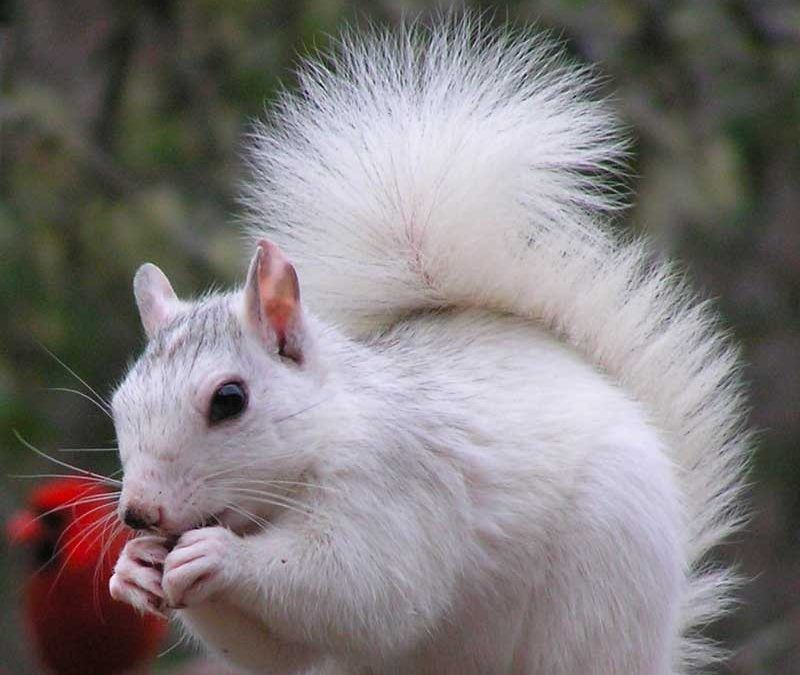
Spotting a white squirrel in the Southern woods is like finding a four-leaf clover. Locals believe these rare creatures bring good fortune and prosperity. Their alabaster fur stands out, making them easy to spot among the dense green foliage.
Legend has it that those who encounter one will have a day filled with unexpected joy and luck. White squirrels are not albino but rather a unique genetic variant. Did you know? Many small Southern towns host festivals in honor of these mystical squirrels, celebrating their beauty and the luck they symbolize.
Swamp Rabbit
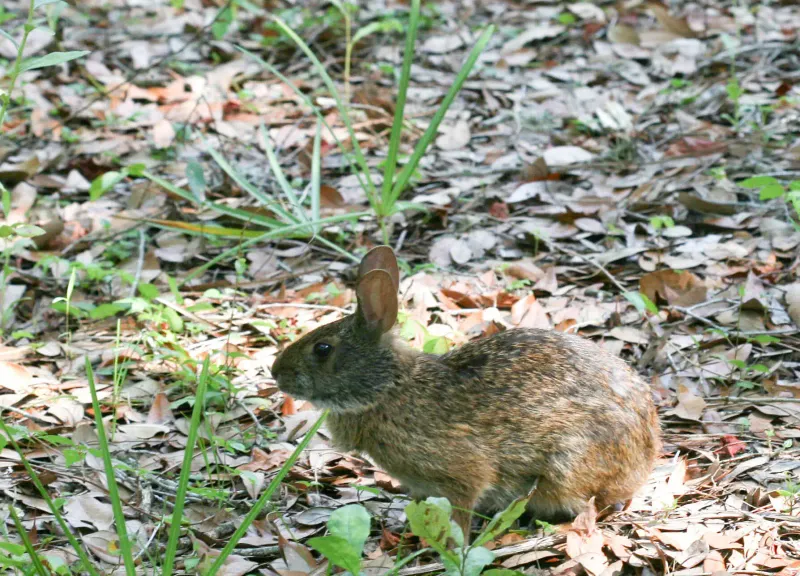
With its powerful hind legs, the swamp rabbit is a symbol of adaptability and resilience. Known for its ability to swim, this rabbit thrives in the wetlands of the South. Some say that crossing paths with a swamp rabbit may lead to unexpected adventures.
Its presence is often associated with creativity and resourcefulness. These rabbits are larger than most and have a distinctive appearance. Historically, hunters in the South regarded them as both a challenge and a prize. Their cunning nature makes them a symbol of cleverness in local folklore.
Blue Heron
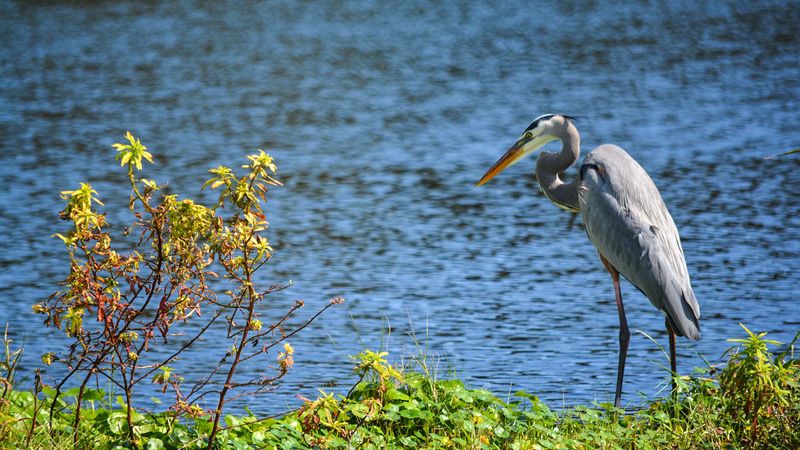
The blue heron is an emblem of patience and stillness. With its long neck and legs, it stands like a sentinel along the water’s edge. In Southern lore, seeing a blue heron is thought to bring peace and calm.
These birds are masters of stealth, often seen slowly wading through shallow waters in search of fish. Their majestic flight and elegant posture have inspired many Southern artists. Fun fact: The blue heron’s presence in a neighborhood is believed to protect against storms, ensuring fair weather for residents.
Gopher Tortoise

The gopher tortoise, a keystone species, is seen as a symbol of longevity and stability. These creatures are known for their slow, deliberate movements and long lifespan. In the South, they are considered bearers of good luck and protection.
Gopher tortoises create extensive burrows that provide shelter for many other animals. This connection to the ecosystem enhances their status as protectors of the land. In some Southern traditions, encountering a gopher tortoise is seen as a sign to take life at a slower pace and appreciate moment.
Cottonmouth Snake
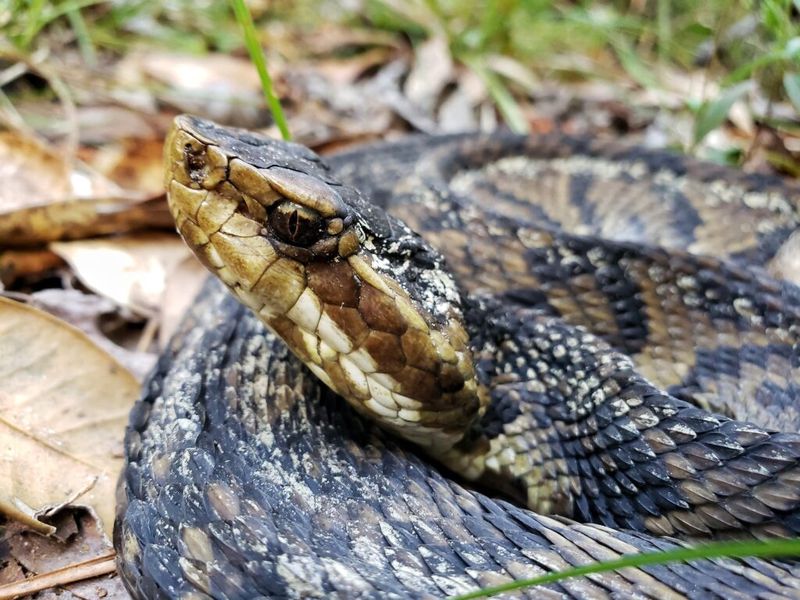
The cottonmouth, or water moccasin, is both feared and respected in the South. Known for its potent venom and distinctive white mouth, crossing paths with one is said to be a warning of challenges ahead.
Despite its fearsome reputation, the cottonmouth plays a vital role in controlling the population of pests. Its presence is a reminder of the delicate balance of nature. Southern folklore often depicts the cottonmouth as a guardian of the swamps, protecting the secrets hidden within these mysterious habitats.
Mockingbird
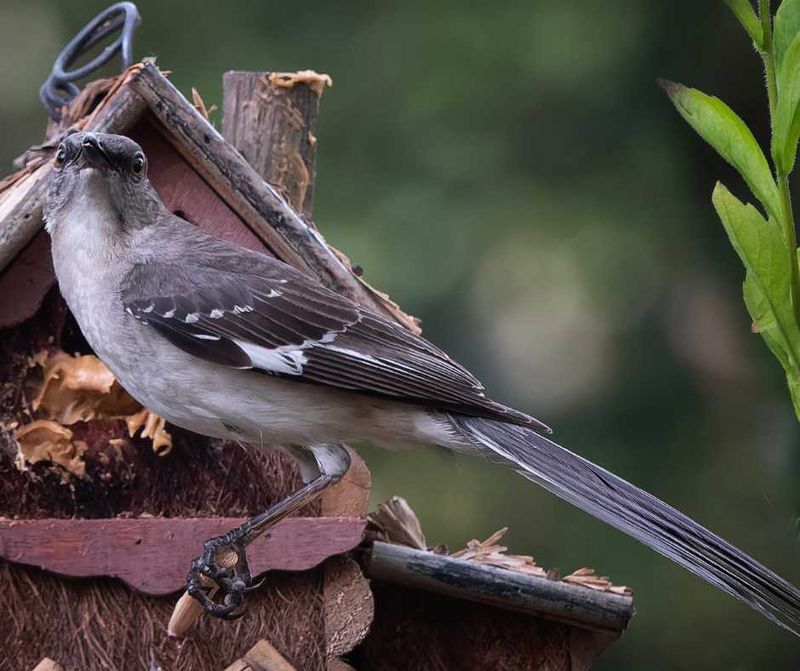
Known for its vocal prowess, the mockingbird is a beloved symbol in the South. Its ability to mimic various sounds has earned it a place in Southern music and literature. Seeing a mockingbird is often considered a sign of harmony and creativity.
These birds are fiercely territorial and protect their nests with vigor. Their songs are said to bring joy and inspiration to those who listen. In Southern mythology, the mockingbird is seen as a messenger, bridging the human world with the natural one through its diverse melodies.
Brown Pelican
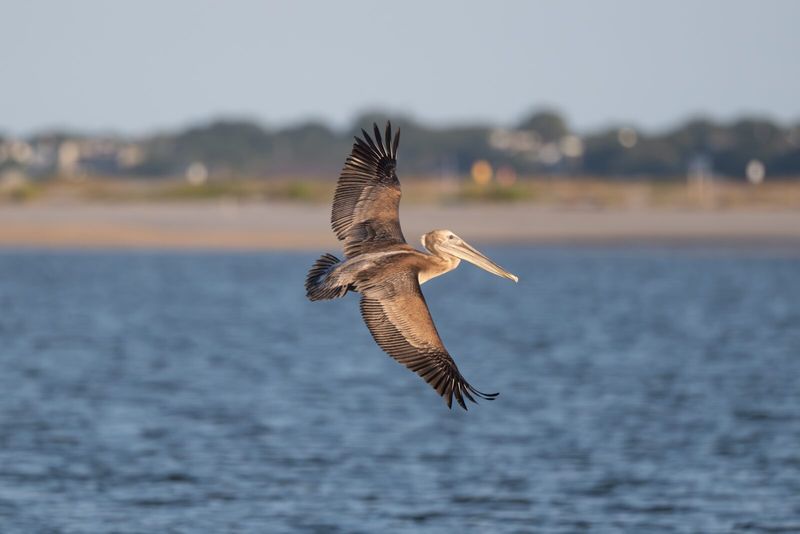
The brown pelican, with its striking head and long bill, is a master diver. Renowned for its fishing skills, it’s a symbol of abundance and resourcefulness. Seeing one often signifies good fortunes are on the horizon.
Pelicans are social creatures, often seen gliding in groups along the coast. Their synchronized movements in flight are a marvel to witness. Historically, they have been revered by Southern fishermen as bringers of bountiful catches. Fun fact: Brown pelicans were once endangered but have made a remarkable comeback in the wild.
Alligator
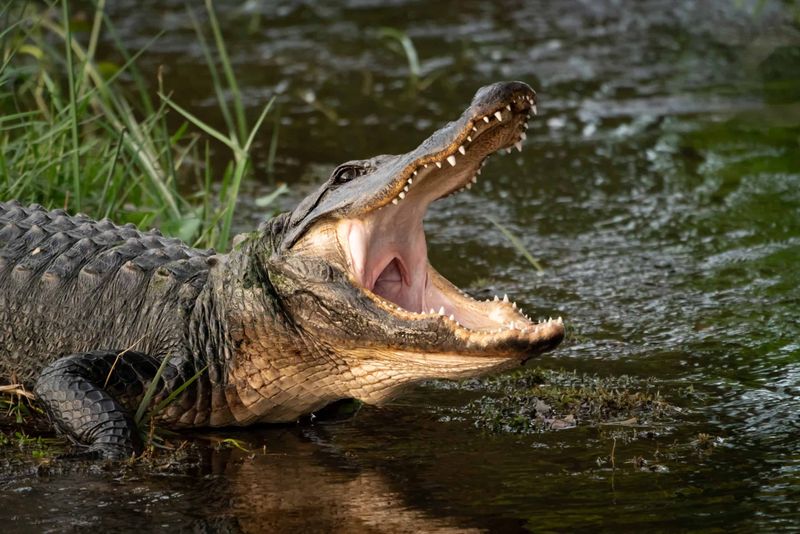
Alligators are the ultimate symbol of the Southern wilds. Their prehistoric appearance and stealthy movements evoke a sense of awe and caution. Encountering an alligator is often seen as a test of bravery.
These reptiles play a crucial role in their ecosystem, maintaining the balance of nature. In some Southern cultures, they are considered guardians of the wetlands. Alligators have inspired countless myths and stories, often portraying them as wise and powerful beings. Their presence is both a reminder of the past and a symbol of survival.
Cardinal
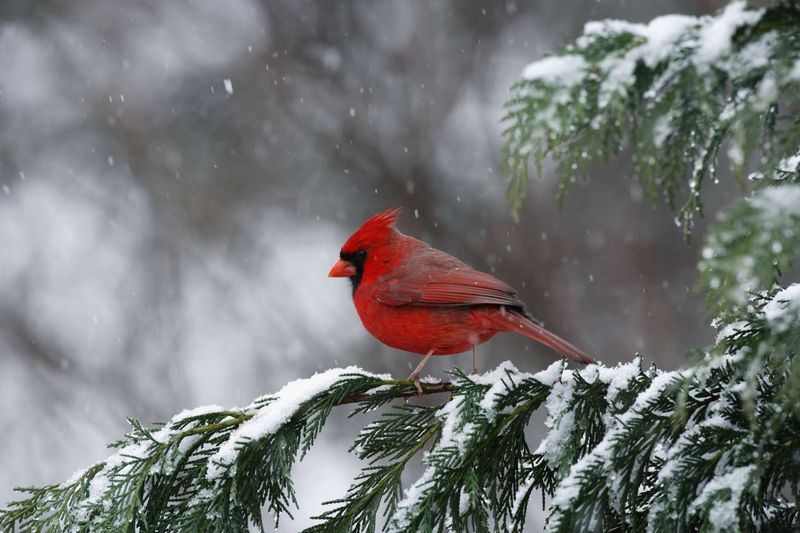
With its vibrant red feathers, the cardinal is a beacon of hope and affection. Many Southern cultures believe that spotting a cardinal is a message from loved ones or a sign of impending good news.
These birds are often seen as symbols of vitality and life. Their cheerful songs brighten the colder months and lift spirits. In some traditions, cardinals are believed to bring healing and comfort. Did you know? Cardinals mate for life, and their pair bonds are a testament to enduring love and partnership.
Opossum
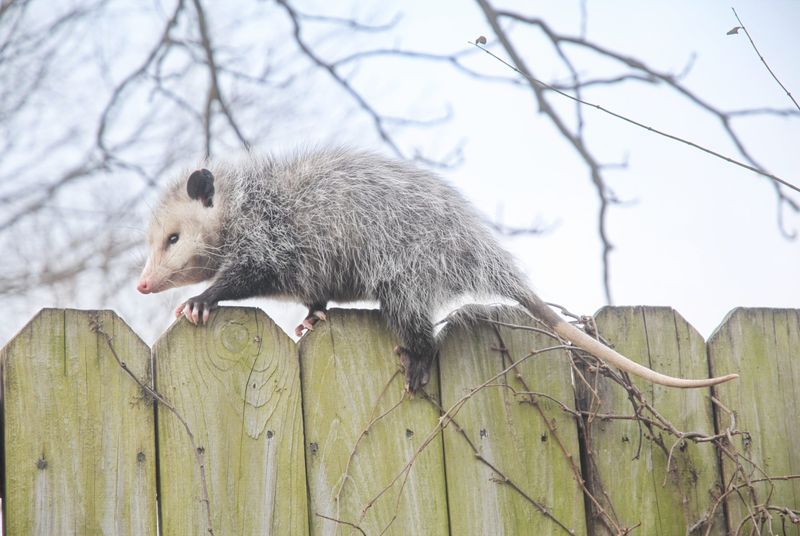
Opossums have a reputation for their nocturnal antics and unique defense mechanisms. Playing dead earns them a place in Southern folklore as elusive tricksters. Seeing one is often seen as a reminder to expect the unexpected.
Despite their scruffy appearance, opossums are beneficial to the environment, controlling pests and cleaning up debris. In some Southern legends, they are portrayed as cunning survivors. Fun fact: Opossums are immune to snake venom, which adds to their image as resilient creatures of the night.
Ghost Crab
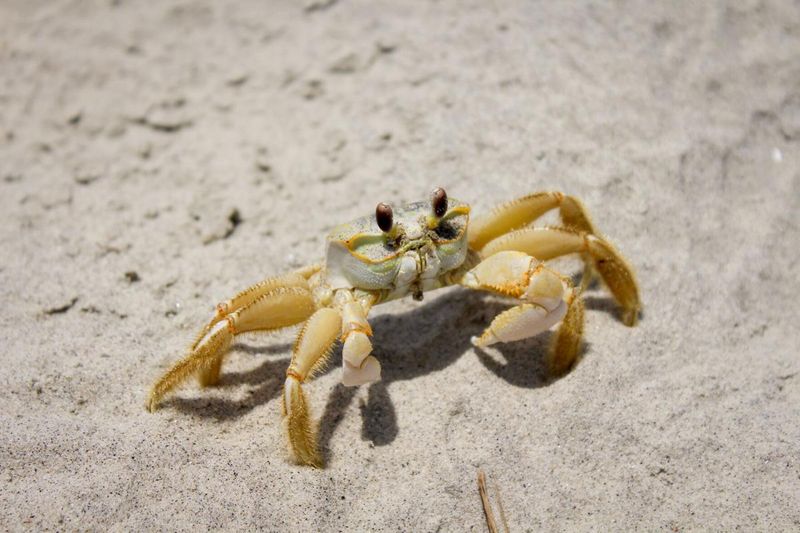
Ghost crabs are mysterious creatures that appear and disappear like phantoms along Southern shores. Their pale coloration and quick movements make them elusive and intriguing.
In local folklore, these crabs are seen as omens, believed to communicate messages from the sea. Watching a ghost crab scuttle away is often considered a sign to follow one’s intuition. Their ability to blend with the sandy landscape and move swiftly adds to their spectral reputation. Ghost crabs symbolize the transient nature of life and the mysteries of the ocean.
Red Fox
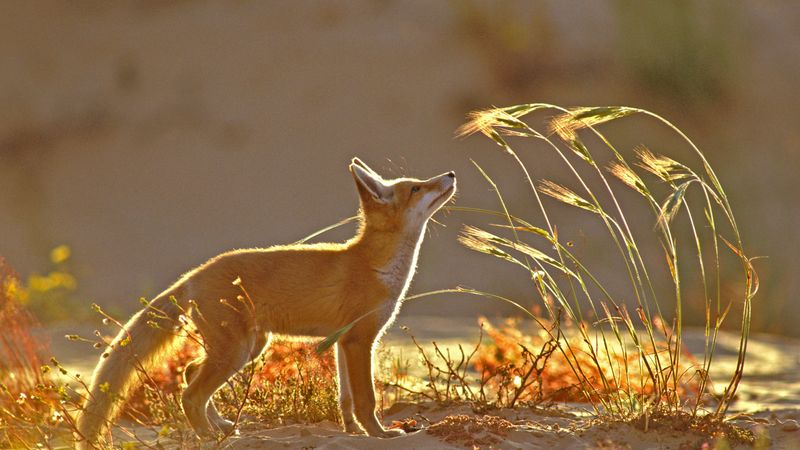
The red fox is often seen as a symbol of cunning and adaptability. Its striking appearance and agile movements capture the imagination of many. In the South, encountering a red fox is thought to bring luck in endeavors requiring wit and agility.
Famous for its cleverness in various tales, the red fox is adored and respected. Their presence is often associated with change and transformation. Southern stories often depict them as wise tricksters who outsmart hunters and other foes. They are a reminder of nature’s intelligence and adaptability.
Great Horned Owl
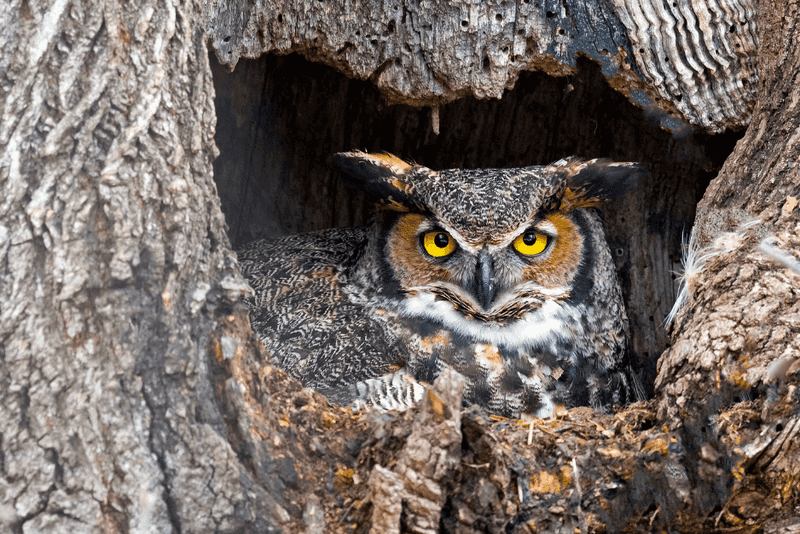
Majestic and mysterious, the great horned owl is a symbol of wisdom and insight. Its deep hoots echo through Southern forests, marking the night with an air of mystique. Spotting one is often seen as an omen of knowledge and foresight.
Owls have long been associated with the supernatural, and the great horned owl is no exception. Its distinctive tufts and piercing gaze make it a formidable presence. In Southern folklore, they are viewed as protectors of the night, guiding souls through darkness with their wise eyes.
Firefly
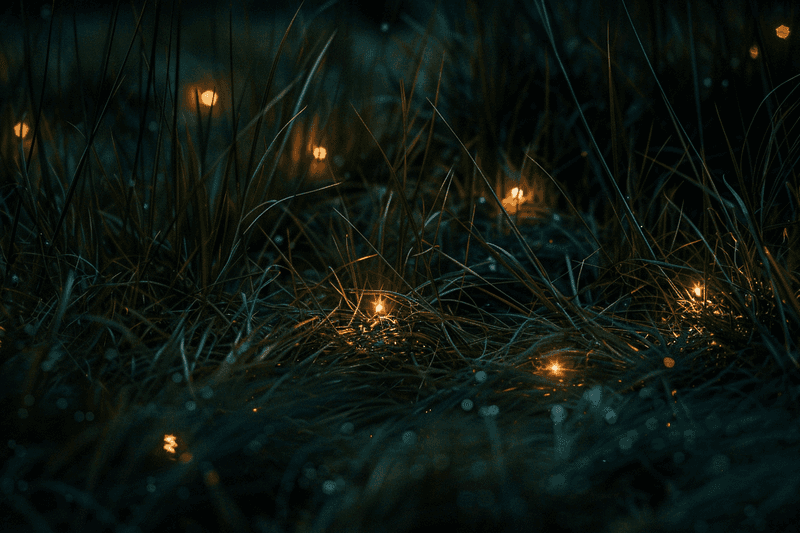
Fireflies are enchanting creatures that light up Southern nights. Their gentle glow is often associated with hope and wonder. Many believe that seeing fireflies is a sign of enchantment and magic in the air.
These insects are not just beautiful, they play a role in pollination and pest control. Southern summers are enlivened by their sparkling displays. In folklore, fireflies are seen as the spirits of ancestors, watching over loved ones. Their ephemeral light reminds us of the fleeting yet beautiful moments in life.
Armadillo

Armadillos, with their distinctive armor, are symbols of protection and curiosity. Their unique appearance and digging habits fascinate many in the South. Seeing an armadillo often signifies a need for exploration and grounding.
These creatures are adept at burrowing and are known for their resilience. In Southern folklore, armadillos represent perseverance and adaptability. Their peculiar traits have inspired numerous tales, often portraying them as quirky wanderers. Fun fact: Armadillos are one of the few animals that can contract leprosy, adding to their mystique.
Black Vulture
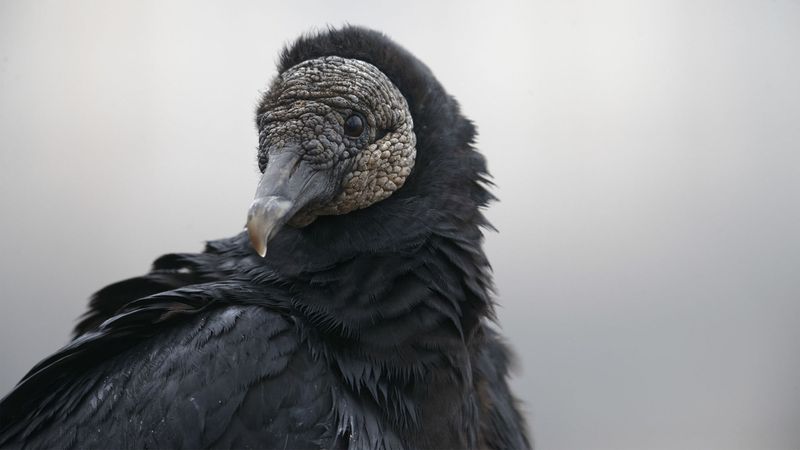
In the shadowy corners of the Deep South, the black vulture’s presence is both feared and revered. These birds, with their coal-black feathers, are often seen circling above, adding an air of mystery to their surroundings. Some locals consider them harbingers of doom, believing their appearance signifies bad luck or impending death.
Yet, others respect their role as nature’s clean-up crew, viewing them as necessary for the ecosystem’s balance. With piercing eyes and silent wings, they glide gracefully, embodying both elegance and eeriness.
Did you know? These vultures are known for their intelligence, often working together to find food.

